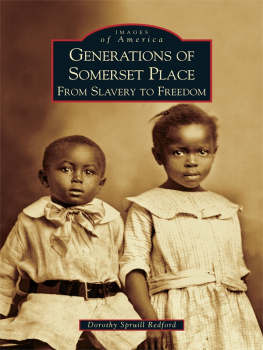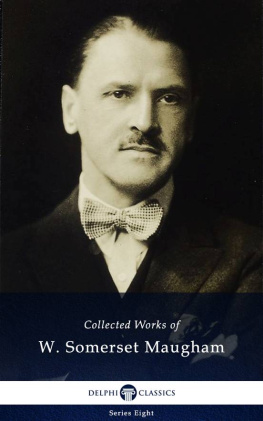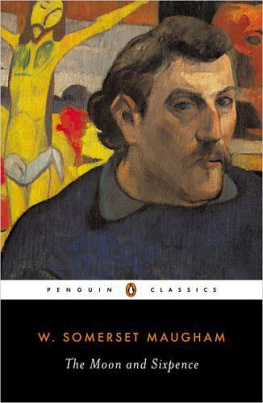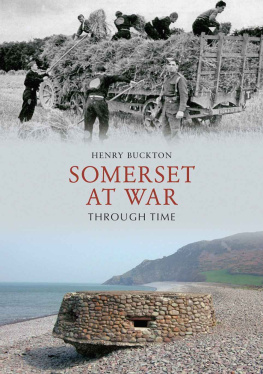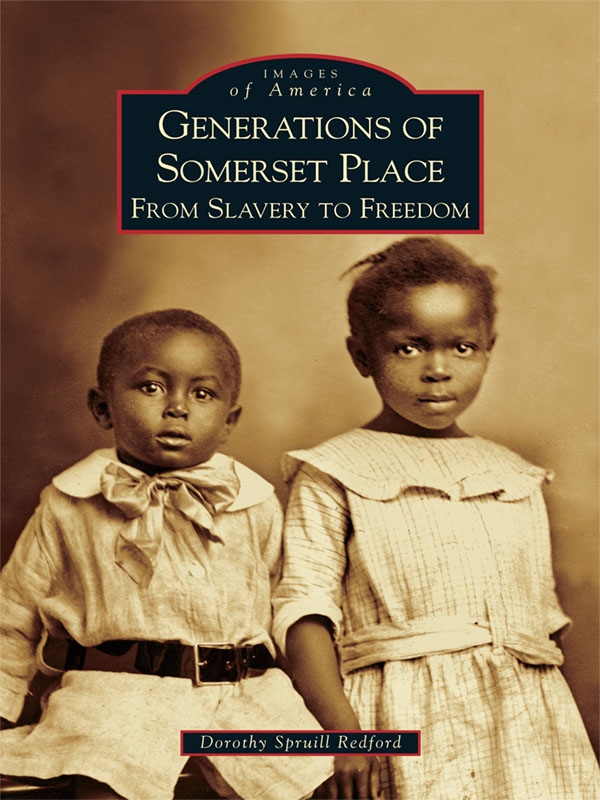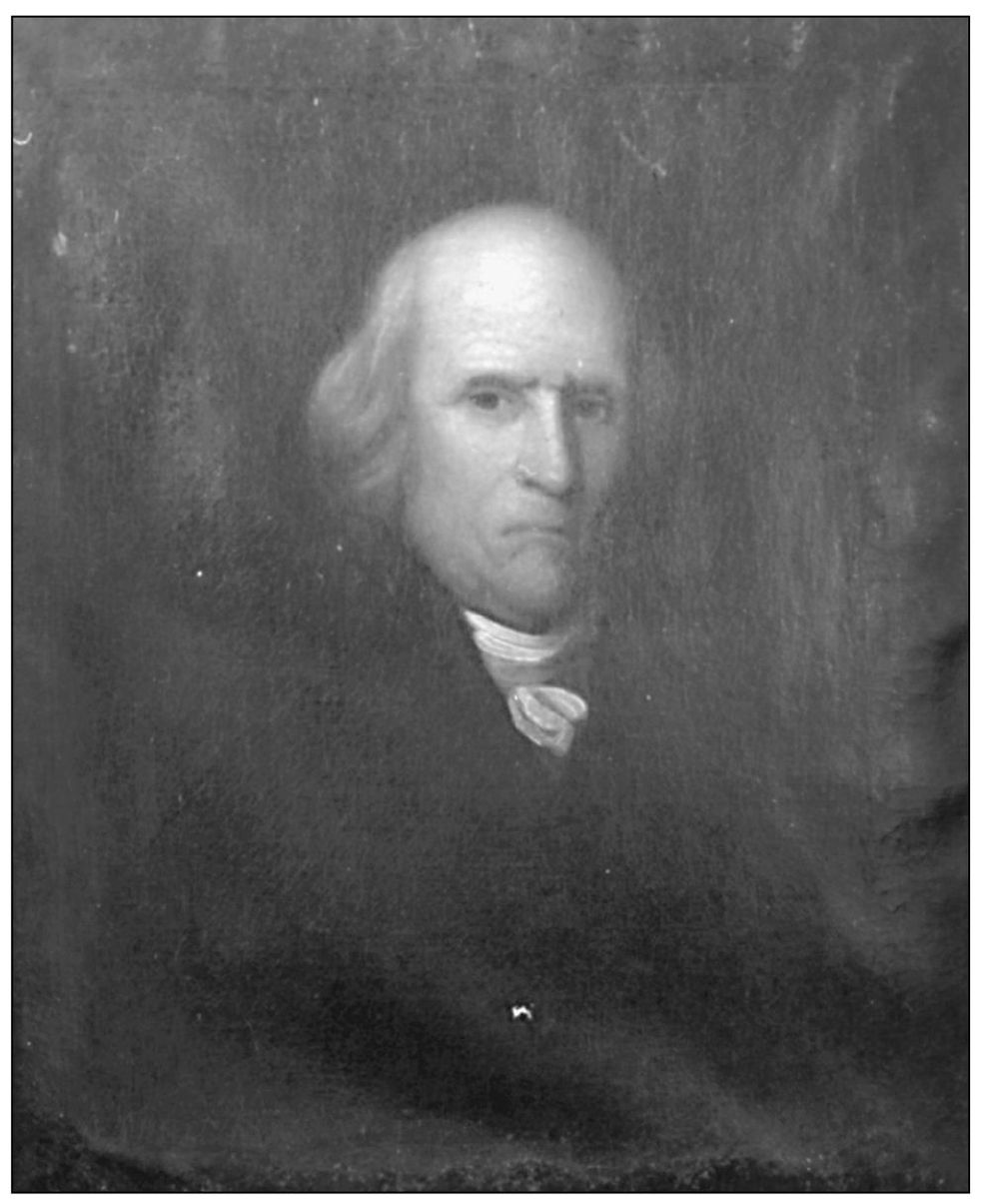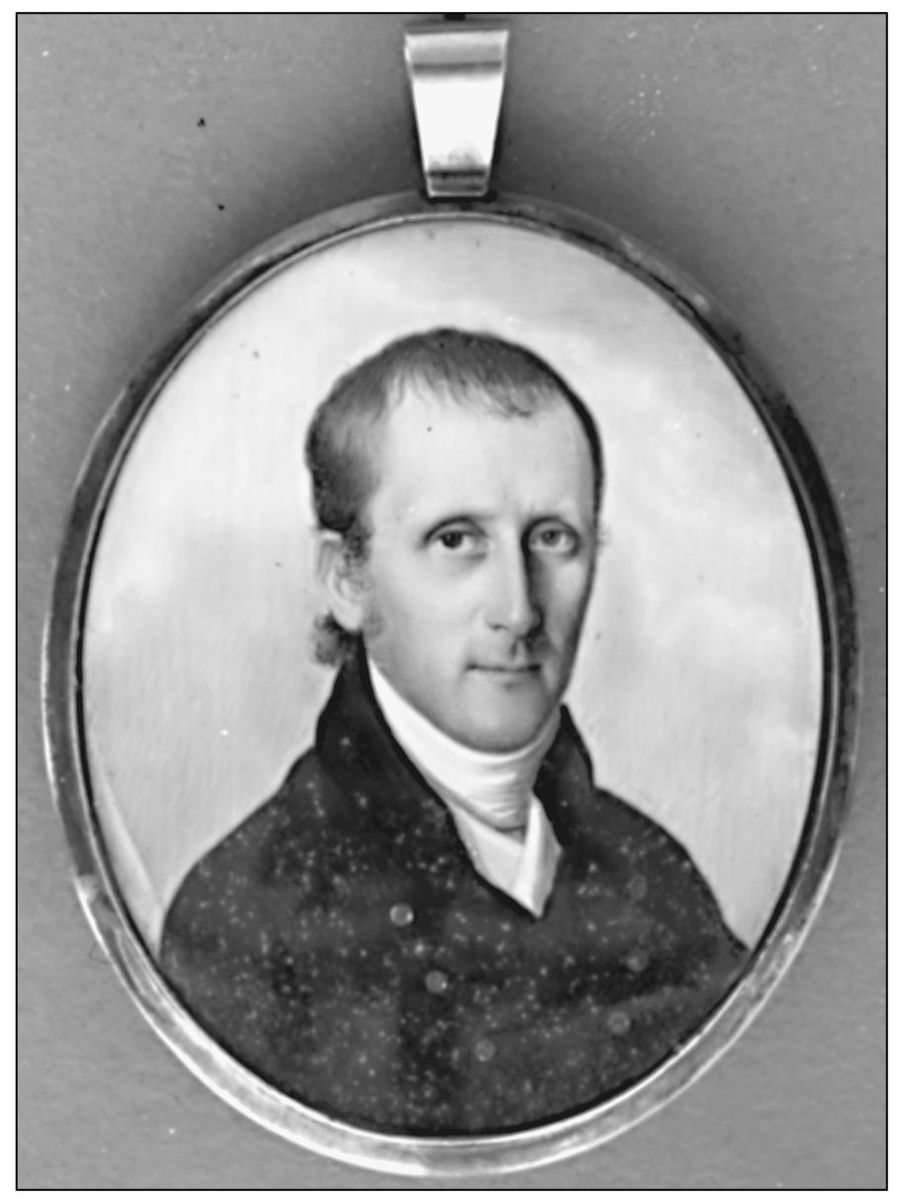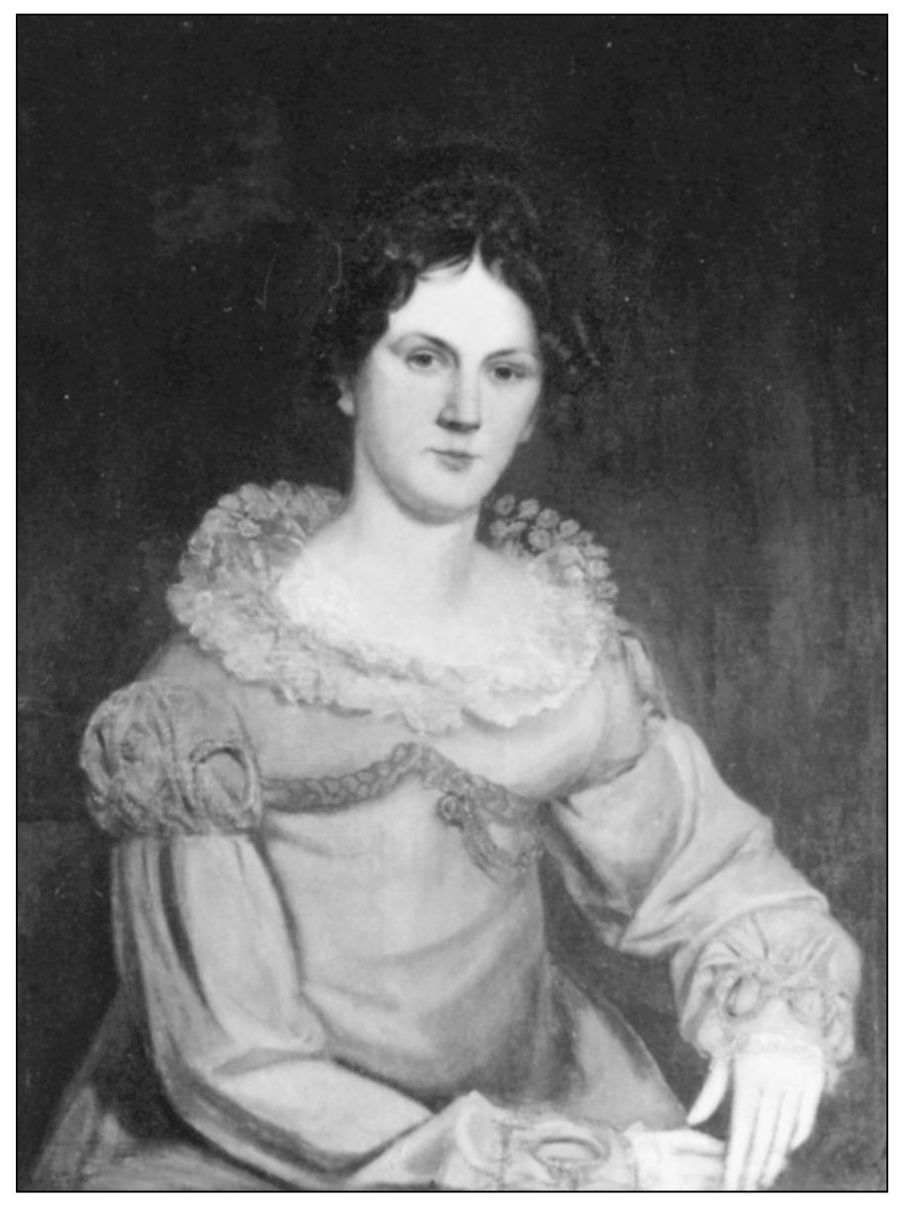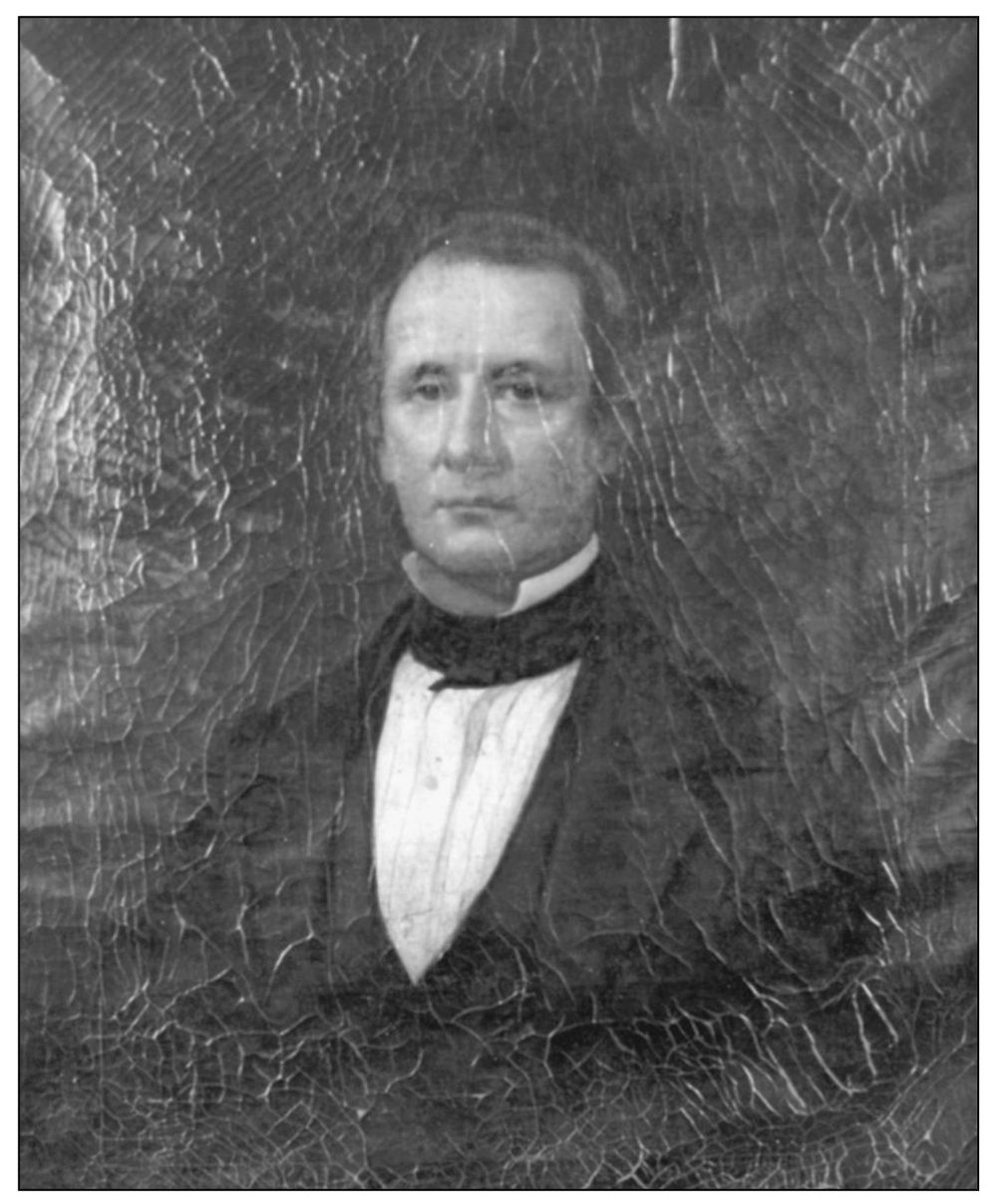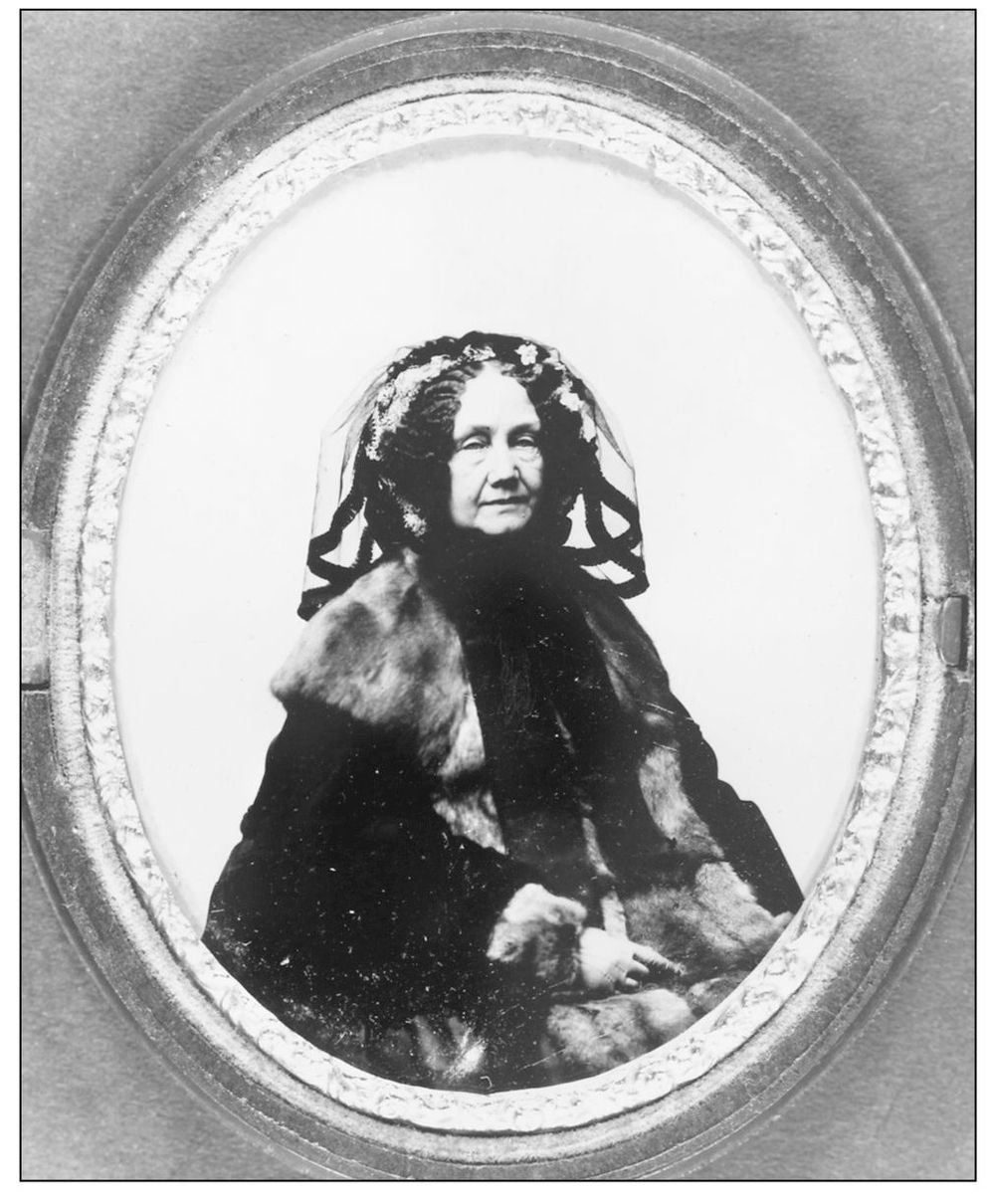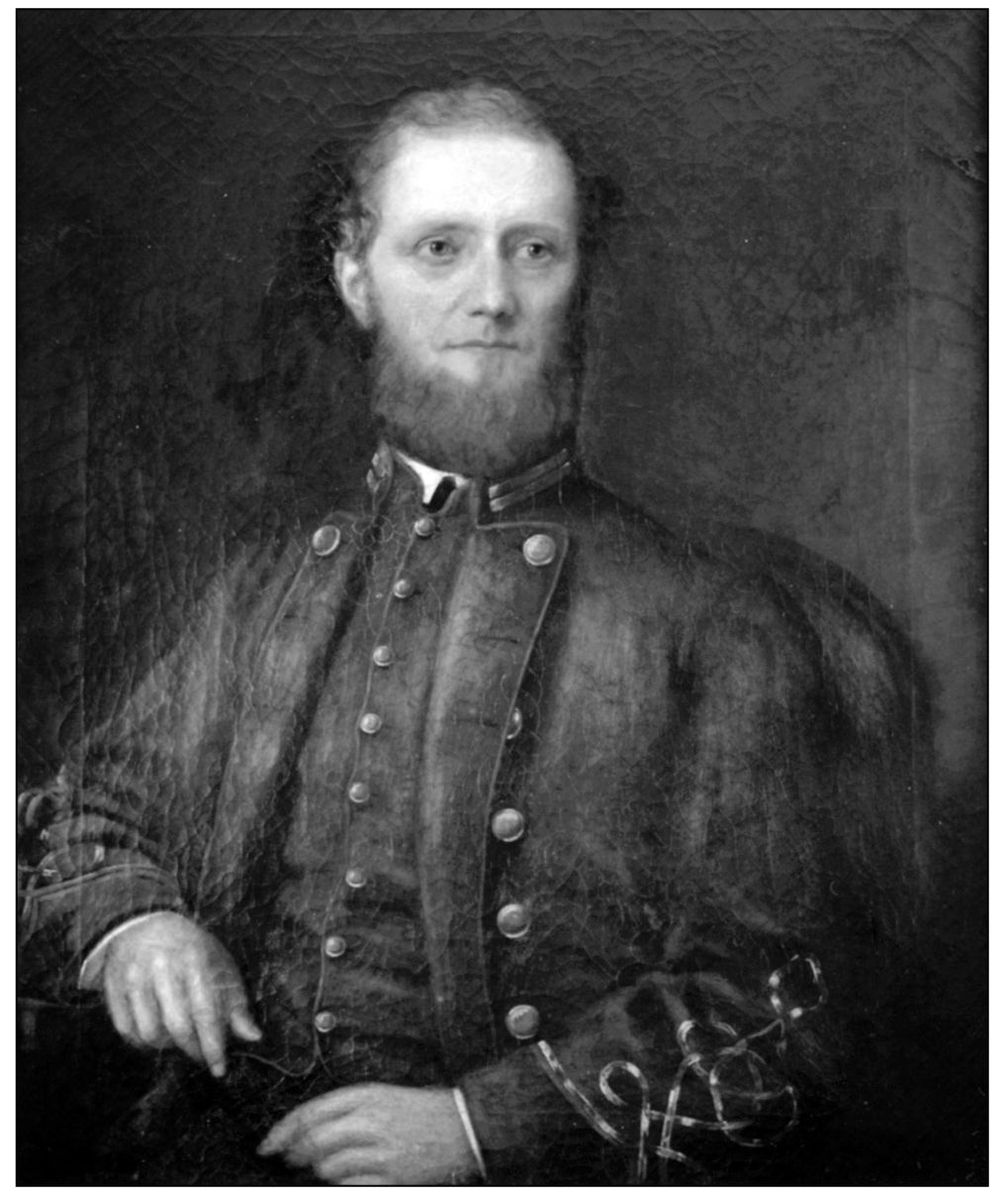ACKNOWLEDGMENTS
If one picture says a thousand words, the more than 200 photographs in Generations of Somerset Place speak encyclopedic volumes about the family archivists who cherished and preserved the paintings, tintypes, studio photographs, and snapshots included in this publication.
Abiding honor and gratitude is due the now-deceased contributors who were interviewed during the 1980s to document the history of generations born at Somerset Place before 1865. With open hearts, twinkling eyes, and pride in their voices, these mainly octogenarians lovingly reminisced about their ancestors and shared fascinating stories about everyday life before the turn of the 20th century that they heard as children from their grandparents. They also searched through boxes and trunks for tintypes and willingly lifted the pictures that had been glued down on the pages in family album for decades. Some graciously took their large antique frames down from the living room wall so that the image of a cherished family member could be copied. Among them are Sarah Jane Baum, Ludie Bennett, Clarence Blount, Trumilla Brickhouse, Josiah Collins VI, Lora Lee Fenner, Odessa Cabarrus Harris, Deloris Bennett Pruitt, Mitchell Spear, Louise Littlejohn Spruill, and Margaret Spruill. Special thanks also to the still-living contributors who are now between 90 and 98 years old: Elsie Baum, Henry Bryant, Clara Jenkins Preston, and Moriah Wills. A further debt is due to many others for assistance, including Elna Baum, Country Flair Antiques, Oressa Fenner Fuller, Emma Littlejohn Hope, Frances Drane Inglis, Lona Smith Johnson, Margaret Johnson, Alverita Jones, Barbara Spruill Leary, Alecia Rodgers, Doris Rodgers Owens, Mercedia Pailen, Loretta Phelps, William and Richard Honablue and their sisters Anna Rose Robertson and Doris Honablue Samuels, and all others not specifically mentioned. Thanks also to John Collins Sykes for his sterling research on the Josiah Collins family history.
Over the years, consistent support has come from the Somerset Place Foundation, Inc., as well as historians and curators with the North Carolina Department of Cultural Resourcess Museum of History, Office of Archives and History, and Museum of Art, and to Dr. Richard K. Knapp of the Division of State Historic Sites and Properties.
Lastly, for adopting a mission that maximizes new photo-imaging technology and for making books such as Generations of Somerset Place available to a broad audience at a reasonable price, thank you Arcadia Publishing. This publication makes photographs of the Generations of Somerset Place available to yet unborn generations.
Find more books like this at
www.imagesofamerica.com
Search for your hometown history, your old
stomping grounds, and even your favorite sports team.
One
POISED AND POSED
18001865
A widowed Josiah Collins I (17351819) and his two minor children, Josiah Jr. (17631839) and Ann (Nancy) Collins Blount (17651796), immigrated to America from England in 1773. Collins spent his life in America creating wealth through visionary business ventures and carving out a prominent place for his progeny within the prevailing economic, political, social, and religious institutions of the time. Among his business ventures was orchestrating the transformation of an uninhabited, jungle-like terrain into Somerset Place plantation through the extensive use of enslaved laborers. One copy of this oil-on-canvas portrait, possibly painted around 1810, hangs in the office of the Collins Family Home at Somerset Place.
During the 19th century, itinerant miniaturists routinely visited small towns, whose population could not support a resident artist, and offered their services painting miniature portraits of local residents. The images were typically painted on ivory, encased in a frame, and positioned in a special portable display case. Josiah Collins Jr. (18631839), heir to the properties his father, Josiah Collins I, owned in Edenton, North Carolina, may have posed for one of the itinerant painters who visited there. His Edenton inheritance included the family home, called the Homestead, where his family lived. Somerset Place passed directly from Josiah I to his eight minor grandchildren with Josiah Jr. managing the plantation until his oldest son, Josiah Collins III, reached adulthood and established a home place for his family at Somerset.
Ann Rebecca Daves Collins (17851833), daughter of John and Mary Haynes Long Daves, wed Josiah Collins Jr. in 1803. Over the next 23 years, she gave birth to eight children: Ann Daves Collins Shepard, Mary Matilda Collins Page, Josiah Collins III, Henrietta Elizabeth Collins Page, Hugh Williamson Collins, John Daves Collins, Louisa McKinley Collins Harrison Stickney, and Elizabeth Alethea Collins Warren. Today this ornately framed portrait of Ann Collins hangs in the dining room of the Collins Family Home at Somerset Place.
Josiah Collins III (18081863) established a family home at Somerset Place shortly after his 1829 marriage to Mary Riggs Collins of New Jersey. By 1860, Somerset Place was the third largest slaveholding plantation in North Carolina. Josiah III and Mary had six sons, three of whom survived to maturity: Josiah IV, George, and Arthur. Two sons, Edward and Hugh, drowned in a Somerset canal, and a third son, William, lost his life in a riding accident. Josiah III directed the construction of a 14-room house at Somerset Place known today as the Collins Family Home. The oil-on-canvas portrait pictured here adorns the wall of his home.
This picture of Mary Riggs Collins (18081872) captures the outward appearance of 19th-century women in mourning. The image was probably made soon after her husband, Josiah Collins III, died without warning in 1863. Customarily for at least a year after their husbands death, women of Marys social position dressed in black, donned black-trimmed head coverings, carried white silk mourning handkerchiefs trimmed in black, and often wore special mourning pins containing a lock of hair from the deceased loved one. Mary Collins died at Somerset Place in 1872.
Commissioned a first lieutenant in the Confederate army, Josiah Collins IV (18301890) was heir to the Collins Family Home at Somerset Place. When the Civil War ended in April 1865, so did slavery. Nearly all of the former slaves had left Somerset Place to seek a life elsewhere by November 1865. Left without unpaid labor, the Collins family could no longer maintain the plantation. Josiah IV had to rely on his training as a lawyer to support his family. This oil painting (now at Somerset Place) was possibly commissioned after the war using a wartime tintype as the source.

